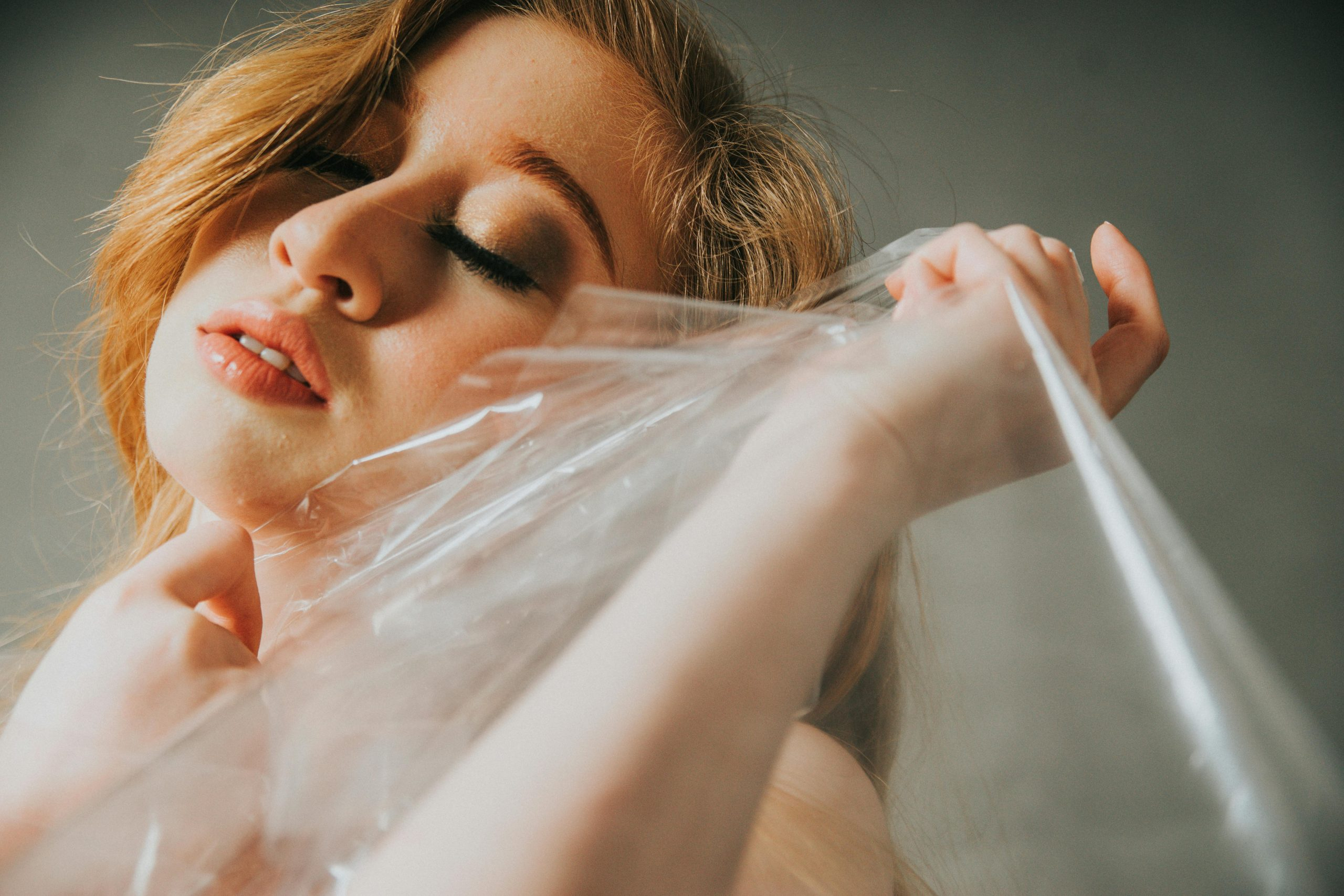Sustainable Packaging: The End of Excessive Plastic Wrap
Sustainable packaging has become a hot topic in recent years, as more and more people become aware of the impact of excessive plastic use on our environment. Plastic wrap, in particular, has been a major contributing factor to the global plastic crisis. This single-use plastic is used to wrap everything from food items to household products, and it’s estimated that around 1.2 trillion units of plastic wrap are consumed every year worldwide. However, consumers and businesses alike are now taking steps towards sustainable packaging solutions, aiming to reduce the amount of plastic wrap being used. In this article, we will explore the concept of sustainable packaging and how it has become the end of excessive plastic wrap.
The Problem with Excessive Plastic Wrap
Plastic wrap, also known as cling film or food wrap, is typically made from a type of plastic called polyvinyl chloride (PVC). This plastic is non-biodegradable, meaning it cannot be broken down by natural processes and will remain in the environment for hundreds of years. As a result, plastic wrap is one of the leading causes of pollution and litter on our planet.
Another significant issue with plastic wrap is its impact on our marine life. When disposed of improperly, plastic wrap can end up in our waterways and oceans, where it can be mistaken for food by marine animals. This can cause severe harm, including suffocation, entanglement, and ingestion, and ultimately lead to their death.
Furthermore, the production of plastic wrap requires large amounts of fossil fuels, contributing to greenhouse gas emissions and climate change. With all these negative effects, it’s clear that we need to find more sustainable alternatives for this ubiquitous plastic packaging.
The Rise of Sustainable Packaging
Sustainable packaging refers to any form of packaging that has a minimal impact on the environment. It not only aims to reduce the use of single-use plastics but also takes into consideration the entire lifecycle of a product, from sourcing of materials to disposal. The ultimate goal of sustainable packaging is to create a closed-loop system, where packaging materials can be recycled or composted at the end of their use, reducing the need for new resources.
With the increasing concern over plastic pollution, many businesses have started to incorporate sustainable packaging into their operations. For example, some companies are now using biodegradable or compostable materials, such as paper or plant-based plastics, to wrap their products. Others have implemented reusable packaging solutions, such as beeswax wraps or silicone stretch lids, which can be used multiple times before being discarded.
The Shift to Plastic Wrap Alternatives
As consumers become more environmentally conscious, they are also looking for ways to reduce their plastic wrap consumption. Reusable alternatives, such as beeswax wraps, have gained popularity in recent years as they offer a more eco-friendly option for storing and preserving food. These wraps are made from cotton coated in beeswax, and they can be easily washed and reused for up to a year before needing to be replaced.
Another alternative gaining traction is silicone stretch lids, which can fit over various sizes and shapes of containers to create an airtight seal. These lids are made from food-grade silicone and can be washed and used repeatedly, reducing the need for single-use plastic wrap.
Many cities and countries have also started implementing bans or restrictions on plastic wrap, encouraging the use of more sustainable alternatives. For example, the European Union has announced plans to ban single-use plastics by 2021, and several cities in the United States, such as Seattle and San Francisco, have already implemented similar bans.
Conclusion
The end of excessive plastic wrap is near, as more and more individuals and businesses are making the switch to more sustainable packaging solutions. By choosing eco-friendly alternatives and supporting initiatives to reduce plastic use, we can all play a role in protecting our environment and creating a more sustainable future. Let’s work together to make sure that sustainable packaging becomes the new norm, and the end of excessive plastic wrap is just the beginning of a more eco-friendly world.







